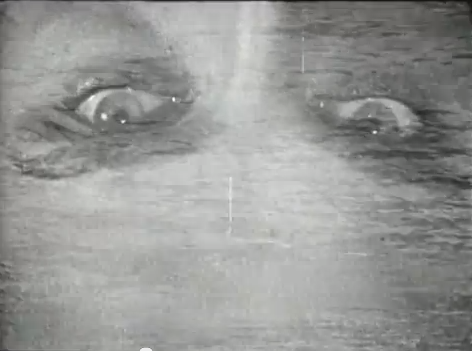Disembodiment/Re-embodiment


The Edge of Love (John Maybury, 2008)
In the Editorial of the new issue of Cinema: Journal of Philosophy and the Moving Image (No. 3/2012 on ‘Embodiment and the body’), editor Patrícia Silveirinha Castello Branco writes that my essay Upside-Down Cinema: (Dis)simulation of the Body in the Film Experience “focuses on the disruptive powers of cinematic experience”, for its underlying the use of visual excess “in practices that aim to explore the role of the senses and of the body, not as a place for amusement and diversion, but quite on the contrary: as a place of resistance to the dominance of rational/verbal based social order and scientific and capitalistic ordering of the self. I am not sure that the dynamic between disembodiment (that is, the thrill of ‘perceptual disorder’ in the film experience) and re-embodiment (the re-establishing of a comprehensible ‘reading direction’) should be interpreted as a critical stance on mainstream narrative cinema. My essay, however, examines the motif of the upside-down image in narrative cinema and focuses on the perceptual and cognitive activity of the spectator. In the first (theoretical) part, I refer to Maurice Merleau-Ponty discussion of psychological experiments on retinal inversion and describe the dynamic disembodiment/re-embodiment as a way of providing the spectator both the thrill of unbalance and the perceptual reorientation functional to the cognitive comprehension of the film. In the second (analytical) part, I analyse the formal and stylistic modes of representation of the upside-down image of the character in selected film scenes. In particular, I argue that the rotational camera movement is a filmic ‘gestures’ that (dis)simulates the human bodily movement. In this sense, the upside-down image and its upturning embody the spectator’s tendency of seeking for both excess and limit.

Entr’Acte (René Clair, 1924)